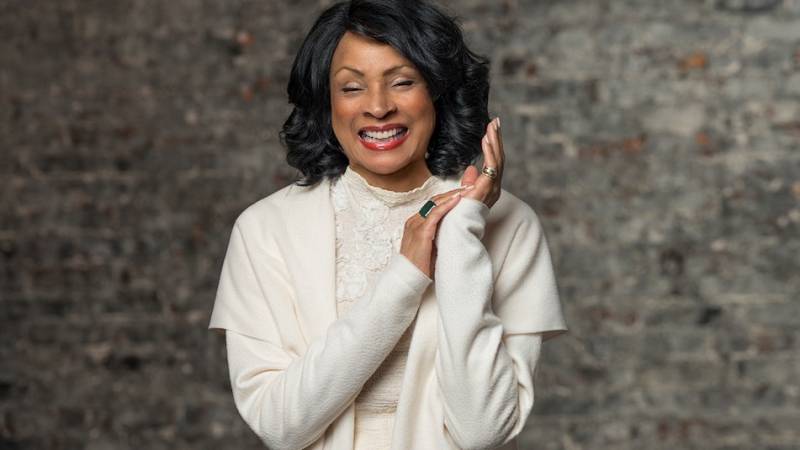Fordlândia Fieldwork
2012 - Installation (Installation)
Clarissa Tossin
In Fordlândia Fieldwork (2012), Tossin documents the remains of Henry Ford’s rubber enterprise Fordlândia, built in 1928 in the Brazilian Amazon to export cultivated rubber for the booming automobile industry. When his rubber trees died from disease and his primarily indigenous workforce revolted, his enterprise went busts within a few short years. Ford never faulted his own planning, but instead blamed the “inhospitable” Brazilian landscape. These topographical maps present different locations related to Fordlândia’s history: a current Fordlândia satellite image of the abandoned rubber plantation built by Ford in 1928, juxtaposed with postindustrial landscapes from Detroit, Dallas, and Los Angeles, is printed on the back side of the folded mapsculpture.
Clarissa Tossin’s photographs, videos, and installations are active investigations into the workings of urban planning and labor politics. The artist draws poignant parallels among historical events, creating engaging narratives that are also often subversive. Many of her works are concerned with what could be called a topography of place. Focusing on the promises, legacies, and failings of modernity, globalism, and utopian idealism, much of her work concentrates on cultural and economic connections between the United States and Latin American countries. Tossin’s most recent artwork, Archaeology of the Present, investigates the link between Indigenous civilizations and current Los Angeles via the lenses of gender and appropriation.
Colors:
Related works sharing similar palette

© » KADIST
Gregory Halpern
2016Gregory Halpern spent five years shooting ZZYZX , and another year editing the results, from an estimated thousand rolls of film, about half of which were shot in the final year after his Guggenheim Fellowship enabled him to live in California...

© » ARTS EQUATOR
Book Review: "The State and The Arts in Singapore: Policies and Institutions" | ArtsEquator Thinking and Talking about Arts and Culture in Southeast Asia Articles Images courtesy of Institute of Policy Studies, Singapore April 9, 2019 By Chin Ailin (734 words, four-minute read) Commissioned by the Institute of Policy Studies of Singapore (IPS) to trace the course of cultural policy in Singapore from the 1950s to the present, The State and the Arts in Singapore: Policies and Institutions is a comprehensive tome that should serve as an essential text in time to come for any student’s introduction to Singapore’s arts and cultural policies...

© » ARTS EQUATOR
Podcast 45: On Southeast Asian Film with Rithy Panh and Park Sungho | ArtsEquator Thinking and Talking about Arts and Culture in Southeast Asia ArtsEquator Viewpoints August 23, 2018 Duration: 35 mins At SeaShorts 2018 , which took place from 1 – 5 August 2018 in George Town, Penang, we caught up with Cambodian film director, screenwriter and producer Rithy Panh, and Park Sungho, programmer for S-Express Cambodia (a selection of Cambodian short films at SeaShorts), who’s also a programmer for the Cambodia International Film Festival ...

© » KQED
Black History and Love Intertwine at February Bay Area Concerts | KQED Skip to Nav Skip to Main Skip to Footer upper waypoint Arts & Culture Black History and Love Intertwine at These February Bay Area Concerts Andrew Gilbert Feb 7 Save Article Save Article Failed to save article Please try again Email Mary Stallings performs at Keys Jazz Bistro on Feb...

© » KADIST
Sharon Lockhart
2008Lockhart’s film Lunch Break investigates the present state of American labor, through a close look at the everyday life of the workers at the Bath Iron Works shipyard—a private sector of the U...

© » KADIST
D’Angelo Lovell Williams
2018On January 7th, 2020, artist D’Angelo Lovell Williams was diagnosed with HIV...

© » KADIST
Ayoung Kim
2019In 2019, Ayoung Kim traveled to Mongolia to research its widespread animistic belief system towards land, mother rock, stones, and sacred caves that purify human guilt...

© » KADIST
Jonas Bendiksen
2021For his project Book of Veles artist Jonas Bendiksen travelled to the small city of Veles in North Macedonia, inspired by a series of press reports starting in 2016, that revealed Veles as a major source of the fake news stories flooding Facebook and other social media sites celebrating Donald Trump and denigrating Hillary Clinton...

© » ARTS EQUATOR
Experiencing a slice of life: Artist’s Block by ArtWave | ArtsEquator Thinking and Talking about Arts and Culture in Southeast Asia ArtsEquator Viewpoints Zinkie Aw March 1, 2022 By Noorul Raaha As’art (830 words, 3-minute read) Waterloo Street is a smorgasbord of sensory experiences, from Hindu and Buddhist temples coexisting side by side, to old uncles and aunties hawking religious paraphernalia, shaded by their New Moon abalone umbrellas, and stalls offering acupuncture services, amongst other things...








.jpg)

